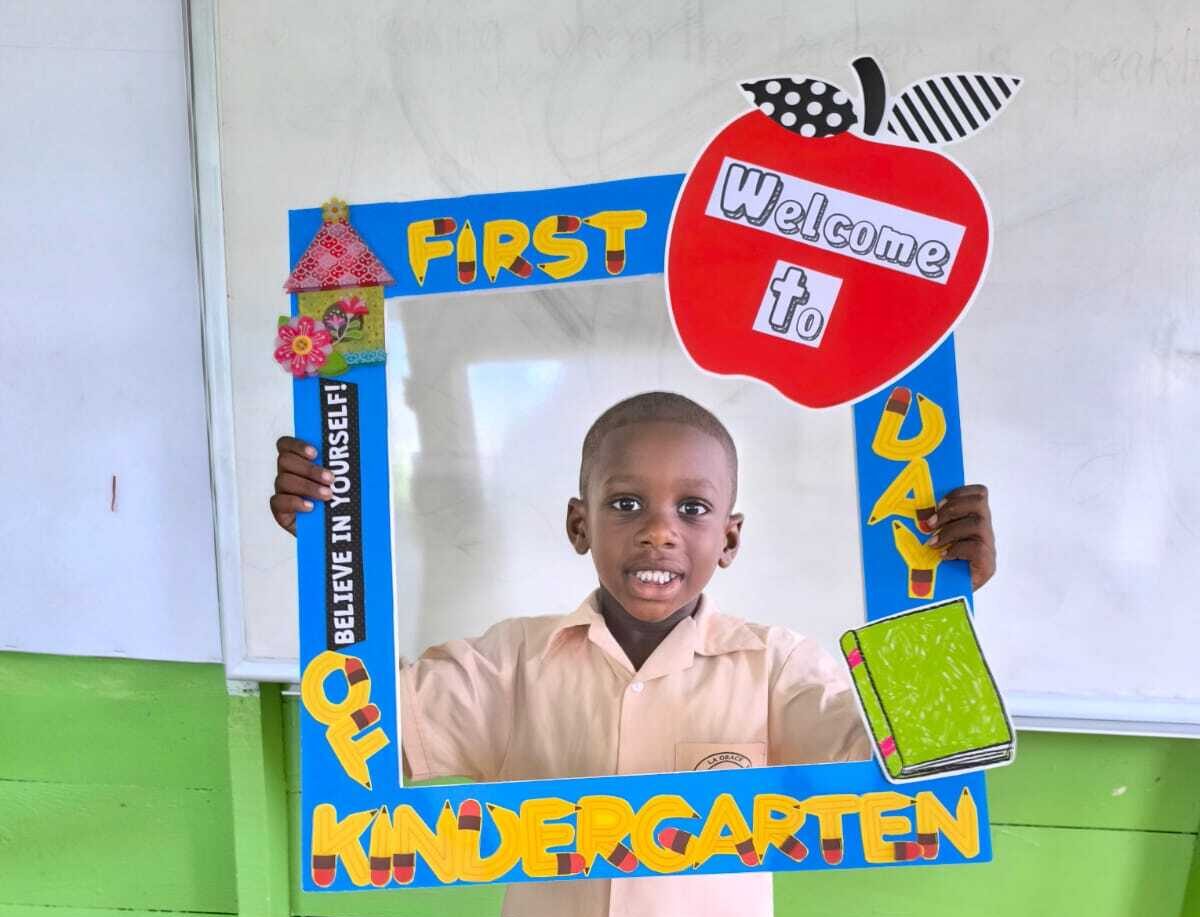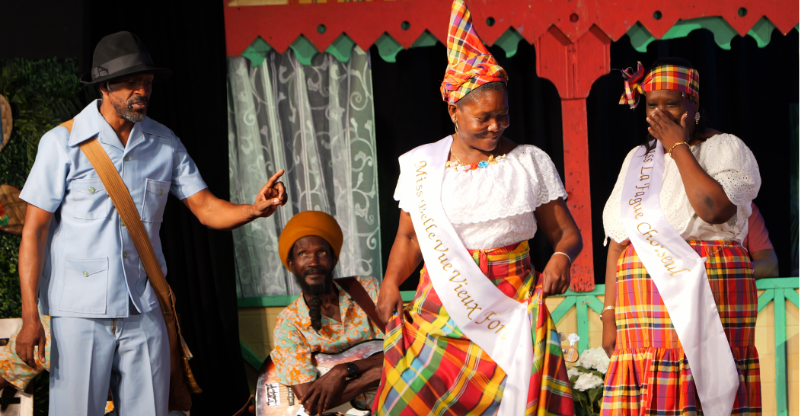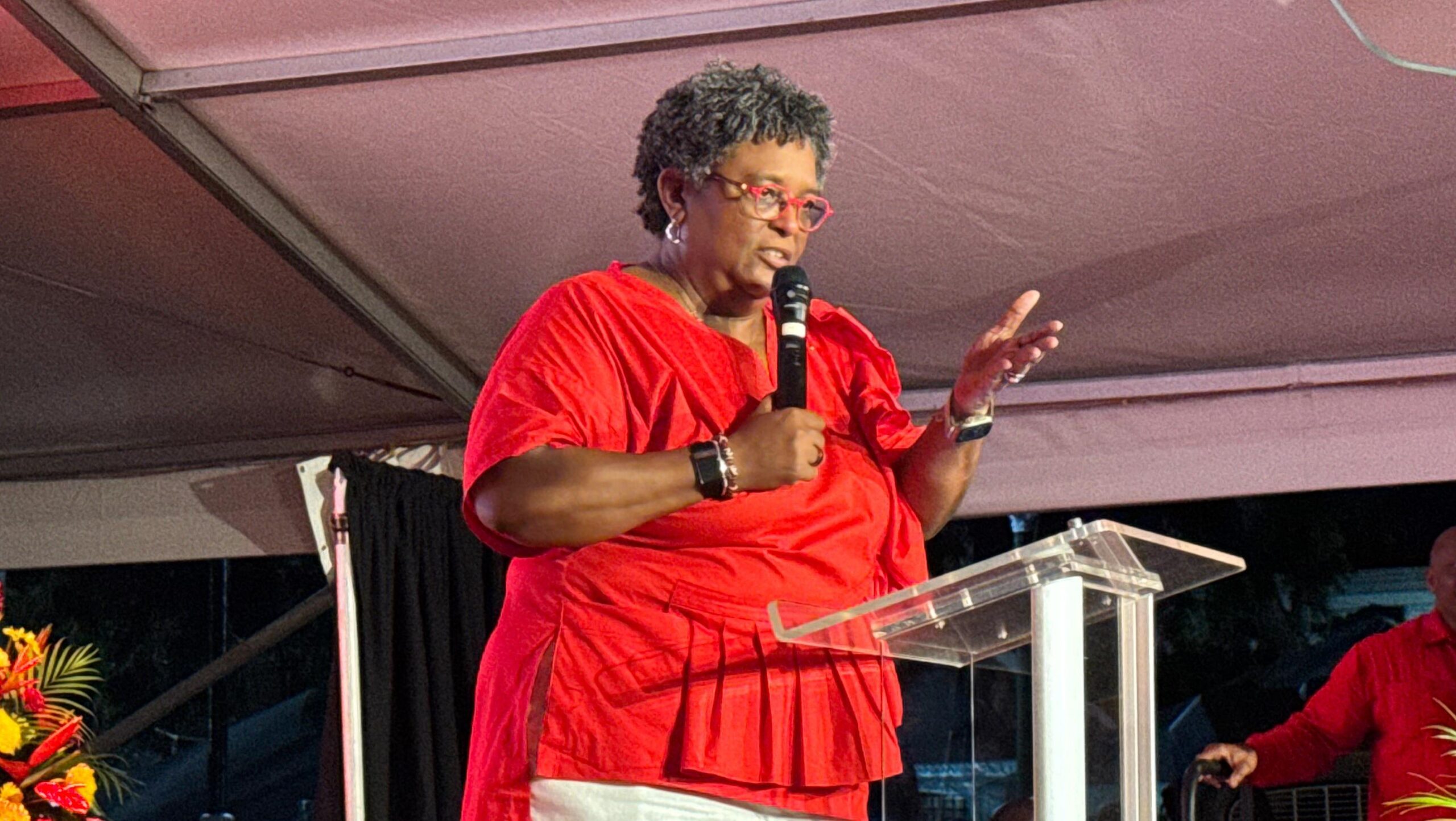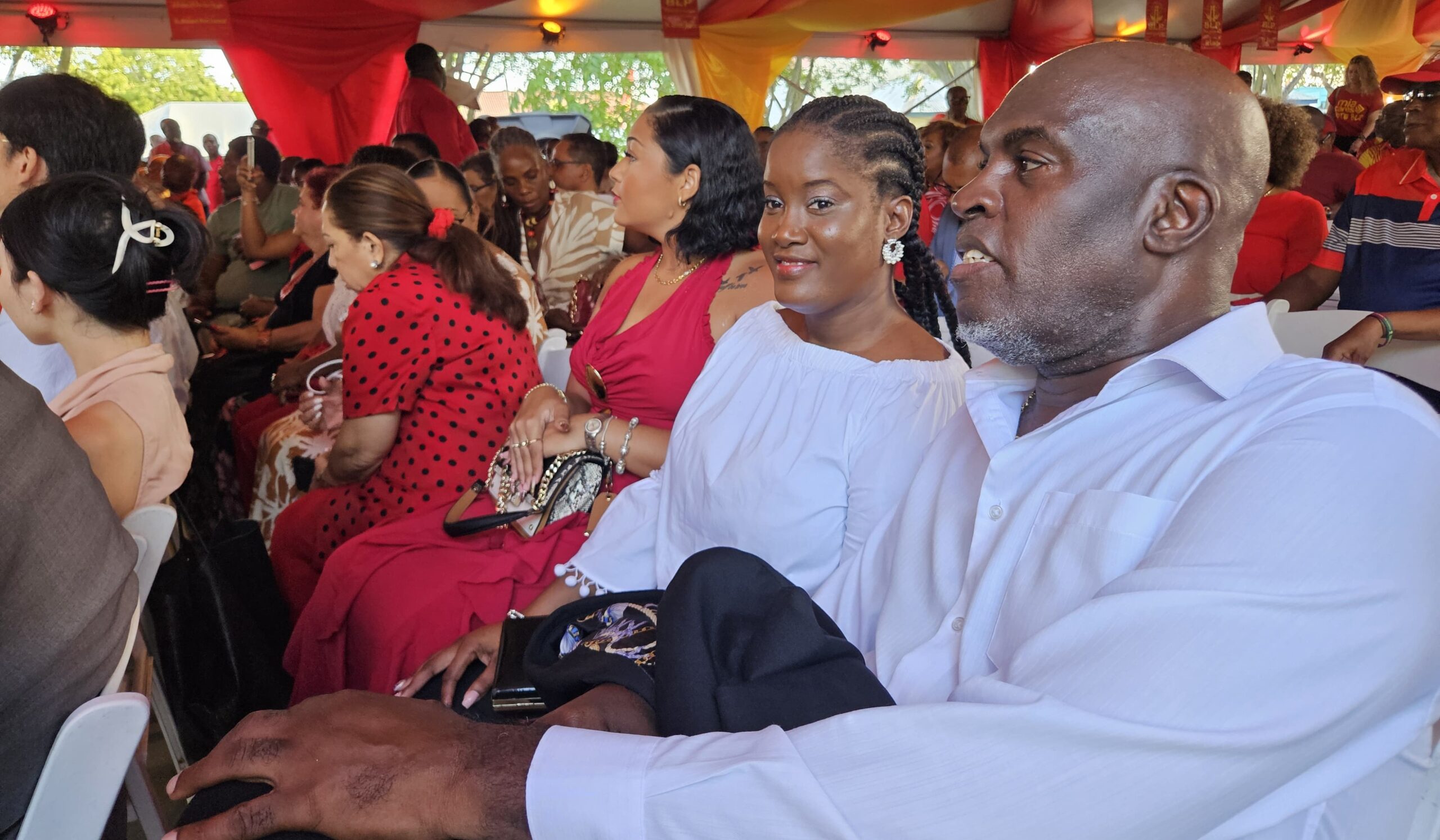Prime Minister Mia Mottley has officially outlined the Barbados government’s stance on the entry of international ride-hailing giant Uber into the local market. Addressing attendees on the second day of the Barbados Labour Party’s 86th Annual Conference at Queen’s Park, Mottley reassured citizens that the platform’s expansion would not undermine the livelihoods of local taxi operators. She highlighted specific measures to ensure equitable competition, including restrictions on Uber’s operations at the Bridgetown Port during the winter season and fair practices at the Grantley Adams International Airport. Mottley underscored her administration’s dedication to fostering a balanced environment for all transportation providers, emphasizing that regulatory fairness is paramount as technology-driven services integrate into the island’s economy. This move reflects the government’s broader commitment to harmonizing innovation with the protection of local industries.
博客
-

La Marguerite King calls for more recognition
Antoninus Thomas, a revered figure in Saint Lucia’s cultural landscape, has proudly worn the crown as La Marguerite King for four decades. His unwavering dedication to the Dennery Marguerite Society and his advocacy for the recognition of cultural royalties have made him a national icon. On October 17, during the Grande Fete La Marguerite in La Ressource, Dennery, Thomas marked his 40th anniversary as King, reflecting on his profound love for the festival and Saint Lucian culture.
-

Kindergartener dead following Vieux Fort collision
The community of Vieux Fort is grappling with profound grief after a devastating three-vehicle collision on October 25, which claimed the life of a young kindergarten student, Rikki Samuel. The tragic incident occurred along the Vieux Fort-Laborie Highway, near the Hewanorra International Airport and the Marine Base (Il Pirata), shortly before 11:00 a.m. Rikki, born on Christmas Eve in 2020, was described by his mother, Alister Antoine, as a joyful and car-loving child. He had accompanied his father, Jonard Samuel, a taxi driver, to refuel their vehicle when the accident occurred. Disturbing footage from the scene showed the child lying on the ground, having been ejected from the vehicle. The collision involved three minibuses, including a public bus with a route band. While Rikki is the only confirmed fatality, 11 others sustained injuries. The Royal Saint Lucia Police Force and Saint Lucia Fire Service responded promptly, but no official statement has been released. The tragedy has sparked intense social media debates, with calls for stricter driving regulations and heightened road safety awareness.
-

One dead, multiple injured after three-vehicle Vieux Fort collision
A devastating incident occurred in Vieux Fort on October 25, as a three-vehicle collision resulted in multiple injuries and the tragic death of a young child. According to reports from St. Lucia Times, several individuals were rushed to the hospital for urgent medical care. Eyewitnesses recounted the harrowing scene, describing the child as motionless at the crash site. Tragically, it was later confirmed that the child succumbed to his injuries. The deceased was identified as a student of Banse La Grace Combined School, leaving the local community in profound grief. The aftermath of the collision, captured in images and videos circulating on social media, has ignited widespread sorrow and anger among residents. Many Saint Lucians have taken to social media to express their frustration, calling for immediate action to enhance road safety measures and stricter enforcement of traffic laws. One Facebook user emphatically stated, “High time they take the necessary actions to deal with these drivers.” The incident has reignited urgent discussions about the need for improved road safety protocols to prevent such tragedies in the future.
-

Melissa Becomes Category 1 Hurricane
Hurricane Melissa has escalated into a Category 1 storm, boasting sustained winds of 75 mph as of Saturday afternoon. Positioned 145 miles southeast of Kingston, Jamaica, the storm’s sluggish movement at just 1 mph has heightened concerns across the Caribbean, particularly in Jamaica, Haiti, and Belize. Meteorologists predict rapid intensification over the weekend, with Melissa potentially reaching Category 4 strength before making landfall late Monday or early Tuesday. Torrential rains have already begun to batter Haiti, with Prime Minister Andrew Holness warning of potential rainfall between 15 to 25 inches. The slow-moving nature of the storm poses a unique challenge, as it is expected to linger, causing prolonged and catastrophic flooding. Evan Thompson, Director of the Meteorological Service, emphasized the severity of the situation, stating, ‘There is nowhere that will escape the wrath. It’s going to cause significant, widespread, catastrophic, life-threatening floods.’ In response, Jamaica’s Office of Disaster Preparedness and Emergency Management has fully activated the National Emergency Operations Centre, placing the country at Level 3—the full response phase. Air travel disruptions are already underway, with Norman Manley International Airport in Kingston set to close Saturday night, and Sangster International Airport in Montego Bay reviewing operations amid numerous flight cancellations. Meanwhile, Caribbean residents, including students from the University of the West Indies, are scrambling to evacuate. Darwin McFadzean, a second-year law student and police officer, shared his struggles on social media, highlighting the financial strain faced by many students left to ‘fend for themselves’ in the face of the impending disaster.
-

National dress debates run deeper than just fabric
The concept of geographical authenticity in cultural products has gained global recognition, with examples like tequila from Mexico, champagne from France, and now Kente cloth from Ghana. In October, Ghana’s Geographical Indications Act officially classified Kente cloth as a product of specific regions like Agotime and Adanwomase, safeguarding its authenticity and value. This development has sparked a broader conversation about cultural identity and authenticity in fashion, particularly in Saint Lucia, where national and Creole wear reflect a complex history of cultural blending. Across the Caribbean and the Americas, fabrics and garments often serve as cultural emblems, tracing their origins to centuries of interwoven identities. In Saint Lucia, Madras—a colorful, checkered fabric originating from Chennai, India—has become dominant, though floral cotton prints were once the fabric of choice. Designer and cultural advocate Sean Greaves notes that floral material was historically associated with the Wòb Dwiyèt, worn by the less affluent, while French brocade, imported from French Guiana, signified wealth. Madras, initially used for hair ties, gradually became central to Saint Lucian attire. The evolution of national costumes in the French Caribbean, including the douillette and chemise-jupe, reflects a blend of African, Asian, East Indian, European, and Indigenous American influences. Saint Lucia inherited these styles, with the chemise-jupe evolving into the Madras-based national dress. Greaves attributes the shift to Madras’s accessibility, as most fabrics are imported from Trinidad and Tobago. Unlike Ghana’s Kente, which remains rooted in its origin, Saint Lucia’s national wear embodies a layered history shaped by the transatlantic slave trade and indentured labor. Entrepreneur Anselm Mathurin’s Calabash Wear print, showcased at New York Fashion Week, highlights the ongoing quest for a distinctly Saint Lucian identity. The question remains: Is authenticity about origin, or the reinvention of historical legacies?
-

Ondernemers krijgen ruimere financieringskansen via NOB–VSB partnerschap
The National Development Bank (NOB) and the Association of Surinamese Businesses (VSB) recently hosted a joint information session to educate entrepreneurs about financing and guarantee facilities. The session targeted VSB members seeking credit solutions outside the traditional banking system. NOB offers investment loans of up to USD 100,000 and working capital loans of up to USD 50,000, featuring lower interest rates, extended repayment periods, and flexible grace periods. NOB emphasized its role as a development partner for entrepreneurs struggling to access commercial credit. In collaboration with the Inter-American Development Bank (IDB), loan limits can reach up to USD 500,000, though with shorter repayment terms (3–5 years for investment loans and 1–3 years for working capital). NOB has allocated a USD 10 million IDB facility for this purpose. Project feasibility is prioritized over full collateral coverage. In cases of shortfall, the Suriname Guarantee Fund, managed by NOB, can provide up to 80% guarantee on the loan amount. Entrepreneurs in rural areas without hard collateral may also qualify if they submit an official approval letter from local authorities. A minimum 10% equity contribution is mandatory, which can include liquid assets, previously acquired equipment, or demonstrable business investments. Projects focused on trade (buying/selling), land sales, subdivision, and primary logging are excluded from financing. VSB views this collaboration as crucial for strengthening local entrepreneurship and making development financing accessible to a broader range of businesses.
-

Where AI meets music: Saint Lucian creatives weigh promise, risks, law
Artificial intelligence (AI) is revolutionizing the music industry, from composition to marketing, but in Saint Lucia, the response is a mix of enthusiasm and caution. Local voices, including a tech consultant, a hitmaker, and a reggae artist, share their perspectives on this transformative technology. While AI offers efficiency and cost savings, it also raises complex questions about ownership, creativity, and cultural authenticity. Critics fear AI-generated music and cloned voices could dilute artistry and undermine copyright, while proponents view it as the next evolutionary step in music. Jim Joseph, a tech consultant, likens the current skepticism to past technological shifts, such as the transition from live bands to synthesizers. He predicts gradual acceptance but warns of unresolved legal issues, particularly around copyright and fair use. Award-winning musician Sherwinn Dupes Brice describes the duality of excitement and fear, emphasizing the need for artists to adapt and elevate their creativity. He stresses the importance of marketing and calls for updated copyright laws to address AI cloning. Reggae artist Werner Semi Francis sees AI as a supplementary tool, advocating for a hybrid approach that blends AI with human creativity. He believes success still hinges on song quality and business acumen. Joseph highlights the lag in copyright laws, noting that fully AI-generated content may not qualify for protection. He advises creators to scrutinize platform terms to avoid unintended reuse of their work. Brice and Francis both emphasize the need for legal clarity and cultural preservation, urging artists to maintain authenticity while leveraging AI. As regional experiments, like Trinidad and Tobago’s AI soca artist JOU VAY, emerge, questions about voice ownership and royalty distribution grow more pressing. The consensus among Saint Lucian artists is clear: embrace AI’s efficiency, navigate legal complexities, and preserve the human essence of music.


